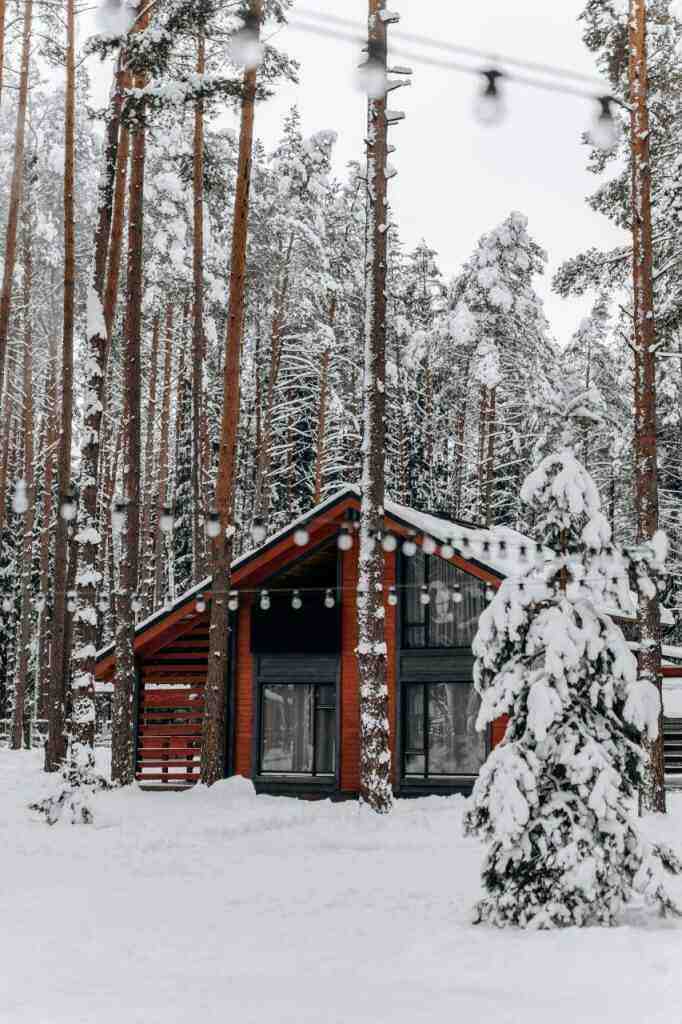January 22nd in Weather History: A Retrospective of Noteworthy Events
By Lisa Spencer, Chief Meteorologist
Introduction
Throughout history, January 22nd has played host to a plethora of remarkable weather events that have left an indelible mark on our collective memory. From record-breaking temperatures and devastating storms to awe-inspiring celestial displays, this day has witnessed a diverse array of meteorological phenomena that continue to captivate our attention. In this retrospective, we will delve into some of the most significant weather events that have transpired on January 22nd, providing a glimpse into the captivating world of weather history.
Record-Breaking Temperatures
January 22nd has witnessed both extreme heat and bone-chilling cold throughout the years. In 1969, the city of Perth, Western Australia, sweltered under the oppressive heat of 113 degrees Fahrenheit (45 degrees Celsius), setting a new record for the hottest January day ever recorded in the city. Conversely, in 1994, the small town of Eureka, Montana, experienced a bone-chilling -70 degrees Fahrenheit (-57 degrees Celsius), marking the coldest January temperature ever recorded in the United States.
Devastating Storms
January 22nd has also seen its share of devastating storms. In 1999, a powerful winter storm dubbed the “Blizzard of ’99,” unleashed its fury across the eastern United States, dumping record-breaking snowfall and bringing the region to a standstill. The storm claimed the lives of dozens of people and caused billions of dollars in damage.
Awe-Inspiring Celestial Displays
January 22nd has also been graced by awe-inspiring celestial displays. In 1986, skywatchers were treated to a spectacular display of the aurora borealis, also known as the Northern Lights. The vibrant colors and dancing curtains of light illuminated the night sky across much of North America and Europe, leaving observers in awe.
Additional Noteworthy Events
In addition to the aforementioned notable weather events, January 22nd has witnessed several other significant meteorological occurrences:
– In 1905, the first official weather forecast was issued by the U.S. Weather Bureau.
– In 1937, the Great Ohio River Flood reached its peak, causing widespread damage and displacing hundreds of thousands of people.
– In 2002, a rare “derecho,” a widespread and long-lived windstorm, swept across the midwestern United States, leaving a trail of destruction in its wake.
Conclusion
January 22nd stands as a testament to the ever-changing and dynamic nature of our planet’s weather. From record-breaking temperatures and devastating storms to awe-inspiring celestial displays, this day has witnessed a wide range of meteorological phenomena that have shaped our understanding of the world around us. As we reflect on these past events, we are reminded of the importance of weather preparedness and the need to respect the power of nature.
Call to Action
Stay informed about upcoming weather events by regularly checking reputable weather sources and signing up for weather alerts. By being prepared, we can minimize the impact of severe weather and protect ourselves and our loved ones.
